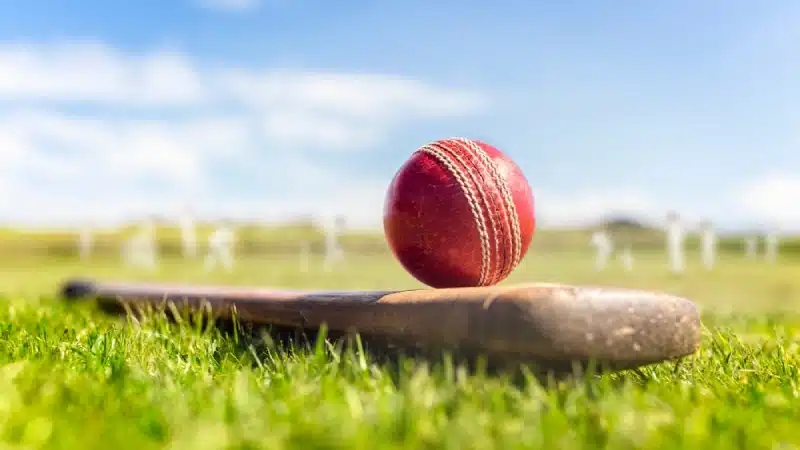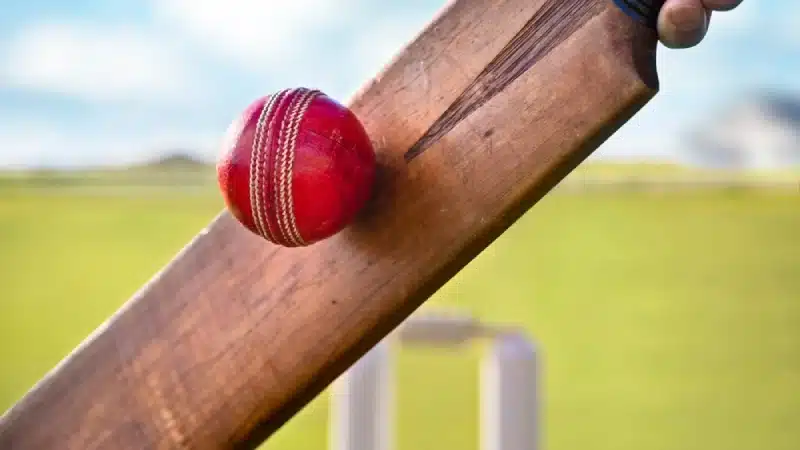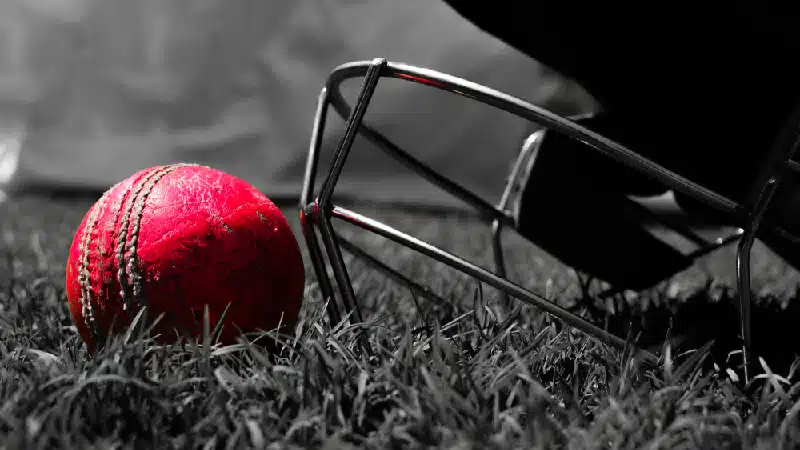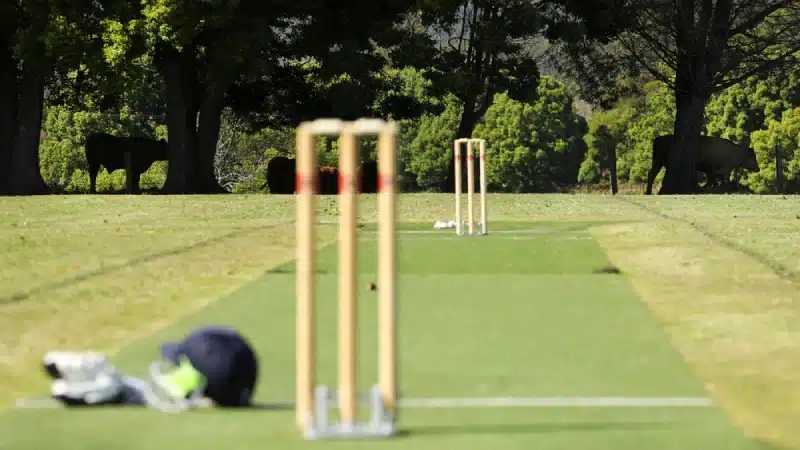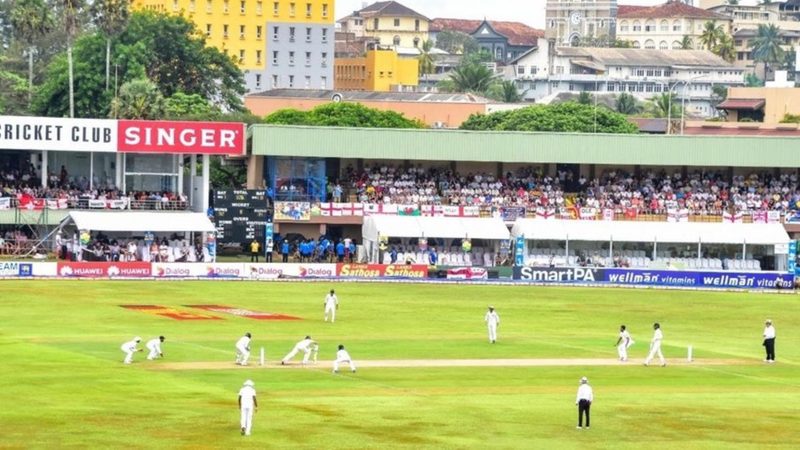
Test cricket is considered to be the purest form of cricket. The longest format of cricket tests the skills and mental toughness of a cricketer.
It is basically the highest form of First-Class cricket played between two international teams that have been granted Test status by the International Cricket Council (ICC) - the sport’s governing body.
As per Test cricket rules, each team is allowed to play two innings each, and the match is scheduled to last for a duration of five days.
The main objective during the game is to score more runs than the opposition, and also bowl them out for a lesser total. Teams have 10 wickets to play with in each of their innings.
However, teams have the option to declare their innings when the captain of the batting team feels that they have enough runs on the board to get a result.
This basically means a team doesn’t need to lose all 10 of their wickets for there to be a change in innings if the batting captain himself feels that his side has enough runs on the scoreboard and wants to declare.
According to Test cricket rules, the batting team needs to overtake the opposition’s total in the fourth innings without losing all 10 wickets to win the match.
On the other hand, if the bowling team manages to pick all 10 wickets in the fourth innings before the batting team reaches the required target, the bowling side will win the match.
Meanwhile, the Test match will end in a draw if the batting team fails to reach the required total, and they still have wickets in hand as time perishes.
Currently, there are 12 ICC full member nations playing Test cricket. Let’s take a look at various Test cricket rules.
Played in whites
Test cricket, which is the oldest and traditional form of cricket, is played in white clothes as compared to coloured clothing in One-Day Internationals (ODIs) and T20 internationals (T20Is).
Toss
Every Test match begins with a coin toss to determine which team will bat first, and which side will bowl. The toss-winning captain decides whether his team will bat or bowl first.
Sessions
A normal day of Test cricket comprises three sessions of two hours each. As per standard rules, 30 overs are bowled in each of the three sessions. If 30 overs are not bowled in a particular session, play can be extended slightly if light permits to eradicate the over deficit at the end of a day’s play.
Breaks
There are two breaks between sessions - 40 minutes for Lunch, and 20 minutes for Tea. During every session of Test cricket, there are also drink breaks for players.
Overs
In Test cricket, a minimum of 90 overs have to be bowled in a day’s play. Teams are expected to maintain an average of 15 overs per hour as per rules stated by the ICC.
Test Balls
Test cricket is usually played with a red ball in daylight hours. In 2012, day-night Test matches were permitted by ICC. For day-night Tests, pink balls are used.
The fielding team is given a brand new ball which must be utilised for 80 overs. After 80 overs, the fielding team has the option to take a new ball.
Decision Review System (DRS)
Formerly known as the Umpire Decision Review System (UDRS), the Decision Review System (DRS) was officially launched in Test cricket in 2009.
It is a technology-based system which is used to review the decisions made by the on-field umpires.
As per rules stated by ICC, every team has two reviews for each innings. There is no top-up of reviews after 80 overs in Test matches which was earlier proposed. However, teams will not lose a review in case of an umpire’s call in an LBW decision.
Follow-on Rule
Test cricket has the option to enforce a follow-on. As per law 14.1, team batting first can enforce a follow-on with a lead of at least 200 runs in Test cricket. The follow-on rule forces the team batting second to bat again immediately after their first innings has finished.
Nations with Test status
Afghanistan, Australia, Bangladesh, England, India, Ireland, New Zealand, Pakistan, South Africa, Sri Lanka, West Indies and Zimbabwe have been granted Test status by the International Cricket Council (ICC).
Apart from 12 full member nations, there are 96 Associate members administered by the ICC. However, Associate nations can only take part in limited-overs cricket, and are not allowed to feature in official Test matches.
Records in Test cricket
Former India cricketer Sachin Tendulkar holds the record for the most runs in Test cricket. Tendulkar amassed 15,921 runs in 200 Tests at an average of 53.78.
Among the bowlers, Sri Lanka’s Muttiah Muralitharan has picked the most wickets in Test cricket. The right-arm off-spinner scalped 800 Test wickets in 133 matches at an average of 22.72.
Photo credit: Alamy












